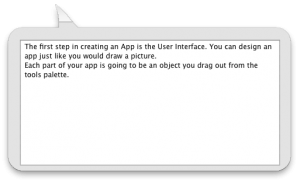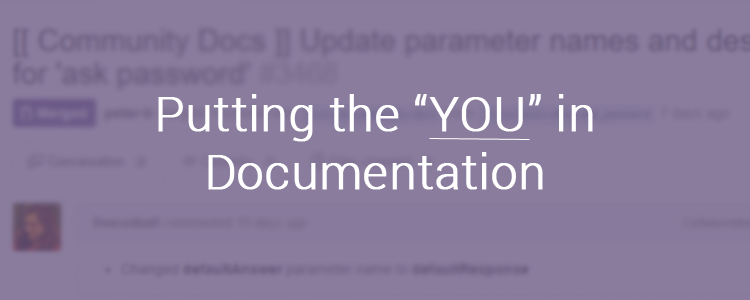While the majority of LiveCode features are built-in to the language, there are increasing numbers of ways to extend LiveCode, some of which require the inclusion of native code modules and other resources. The long-term vision for the IDE is to provide an extensions ecosystem, where script libraries, plugins, LiveCode Builder widgets, libraries and modules, custom controls and old-style externals can be easily downloaded and installed, and if required, subsequently built into standalone applications.
One important step towards this was the implementation of a dynamic property inspector, so that widgets and custom controls could have a way of specifying their editable properties and how they can be edited. Up until now the standalone settings stack has suffered some of the limitations of the old property inspector – namely that adding features requires manual modification of a stackfile.
An ‘Inclusions’ pane has been added to the LiveCode standalone settings user interface for the 8.1 releases, which not only simplifies the way you choose what extra functionality you want in your apps, but also allows you to select from a complete list of available inclusions, with a clear indication of the supported platforms at the side.
This significantly improves the cross-platform development experience provided by LiveCode. The iOS and Android panes no longer have separate check boxes for the various built-in externals (such as the XML external). Moreover any resources added to the appropriate locations should be reflected in the list.
read more








Recent Comments